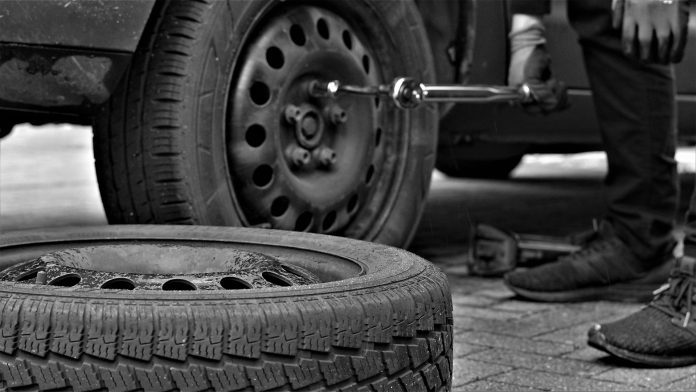As winter transitions to spring in Northeast Ohio, your vehicle’s tires need special attention. Changes in temperature, road conditions, and driving patterns all affect tire performance and safety. Here are comprehensive spring tire maintenance tips to keep you rolling safely through the season.
I’ll organize these tips by category to help you prioritize your tire maintenance needs:
Inspection and Pressure
Regular tire inspections become crucial during seasonal transitions. According to tire experts, spring temperature fluctuations significantly impact tire pressure.
“Every 10-degree change in ambient temperature can change tire pressure by about 1 PSI,” says Mike Downey, regional manager at Tire Rack. “Underinflated tires can reduce fuel economy by up to 3 percent and decrease tire life by 25 percent.”
Check your tire pressure at least monthly, preferably in the morning when tires are cold. The recommended pressure is typically listed on a sticker inside the driver’s door jamb or in your owner’s manual.
Tread Depth and Rotation
Spring is the perfect time to check your tread depth as winter road conditions can accelerate wear.
“The penny test is a reliable way to check tread depth,” explains Susan Roberts, owner of Roberts Auto Care. “Insert a penny with Lincoln’s head upside down into the tread. If you can see all of Lincoln’s head, it’s time for new tires.”
Experts recommend rotating your tires every 5,000-8,000 miles to ensure even wear patterns. Consider having this done during your spring maintenance appointment.
Winter to All-Season Transition
If you’ve been using winter tires, spring is the time to switch back to all-season or summer tires when temperatures consistently stay above 45°F.
“Winter tires are designed with special rubber compounds that provide flexibility in cold temperatures but wear quickly in warmer weather,” notes Thomas Chen, tire specialist at Continental. “Transitioning back to all-season tires when temperatures stabilize can extend the life of your winter set.”
Alignment and Balance
Spring potholes can wreak havoc on your vehicle’s alignment. Signs of misalignment include uneven tire wear and your vehicle pulling to one side.
“After winter, Northeast Ohio roads are notorious for potholes that can throw off your alignment,” says Janet Miller, service manager at Miller’s Automotive. “A proper alignment not only extends tire life but improves fuel economy and ensures safer handling.”
Have your tires balanced when rotating them to prevent vibration and uneven wear patterns.
Cleaning and Storage
Winter road salt and chemicals can damage your tires and wheels. Thoroughly clean your tires and wheels in early spring using mild soap and water.
“Many drivers overlook the importance of cleaning road salt residue from their wheels,” warns Kevin Williams of Williams Tire Service. “Salt accelerates corrosion on both the visible parts of your wheels and the hidden mounting surfaces.”
If storing winter tires, clean them thoroughly, place in airtight bags, and store in a cool, dry location away from direct sunlight and ozone-producing appliances.
Remember that proper tire maintenance not only ensures safety but can save you money through improved fuel efficiency and extended tire life.
Discover more from Northeast Ohio News
Subscribe to get the latest posts sent to your email.











